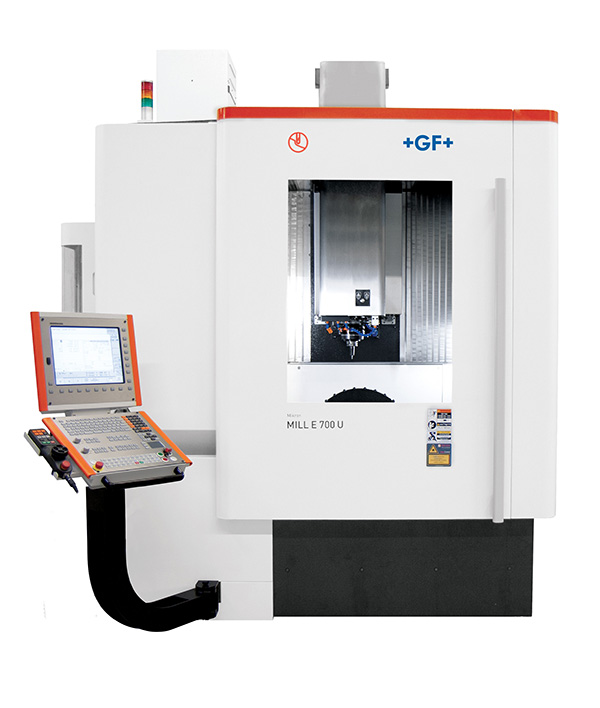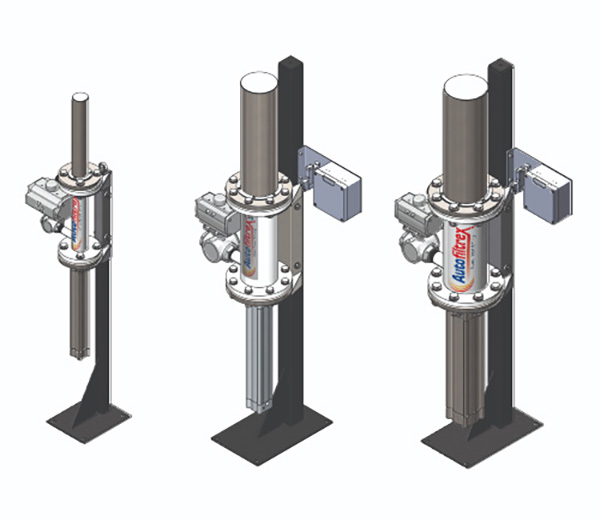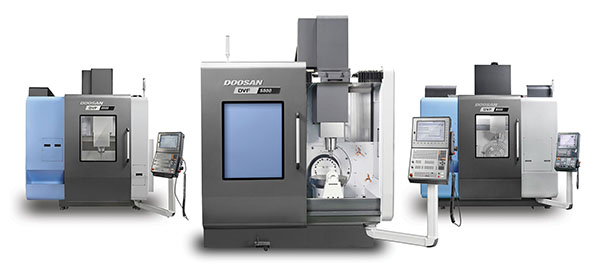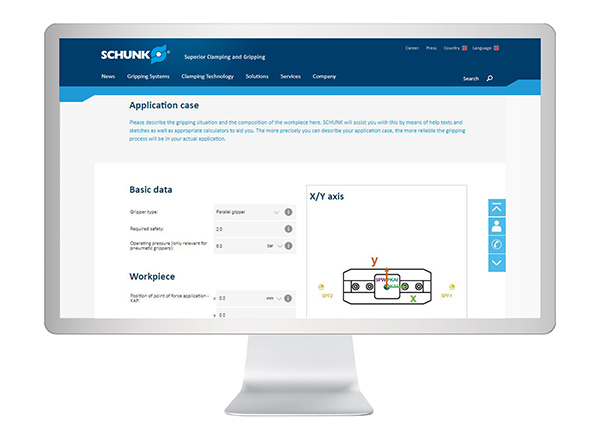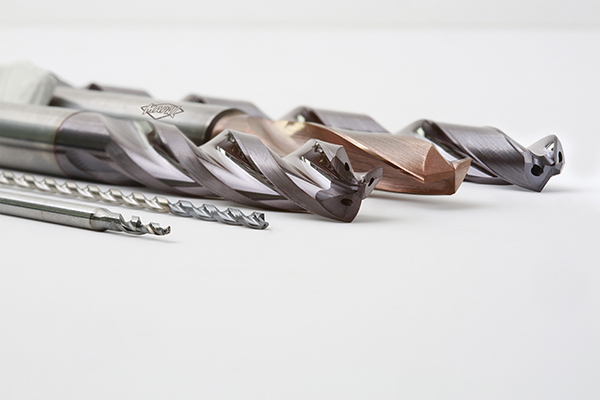Schunk’s new design and selection tool for gripping modules simplifies and accelerates the engineering of handling systems. Just a few details about the gripper type, workpiece and gripping application are enough for the system to output the right modules from Schunk’s gripping component range.

Next to corresponding gripper types appears extensive technical information, drawings and images. The hit list comprises details on the respective utilisation ratio and utilisation reason. Schunk’s tool makes it possible to take advantage of individual grippers, while preventing costly oversizing. In addition, the calculation and design process is considerably faster. Intelligent logarithms enable targeted pre-selection of components which might not otherwise have been considered by the designer or systems planner as a viable solution for the application.
Both the hit list and the individual information can be saved, meaning that complete documentation and archiving of the design, as well as recalculation of the modified information, are possible. Data can be always retrieved for follow-up projects.
The intuitive, HTML-based tool considers around 2550 Schunk grippers and is always up to date with respect to the gripper types and technical data. As a result, designs will always be based on current information.
For further information www.gb.schunk.com







